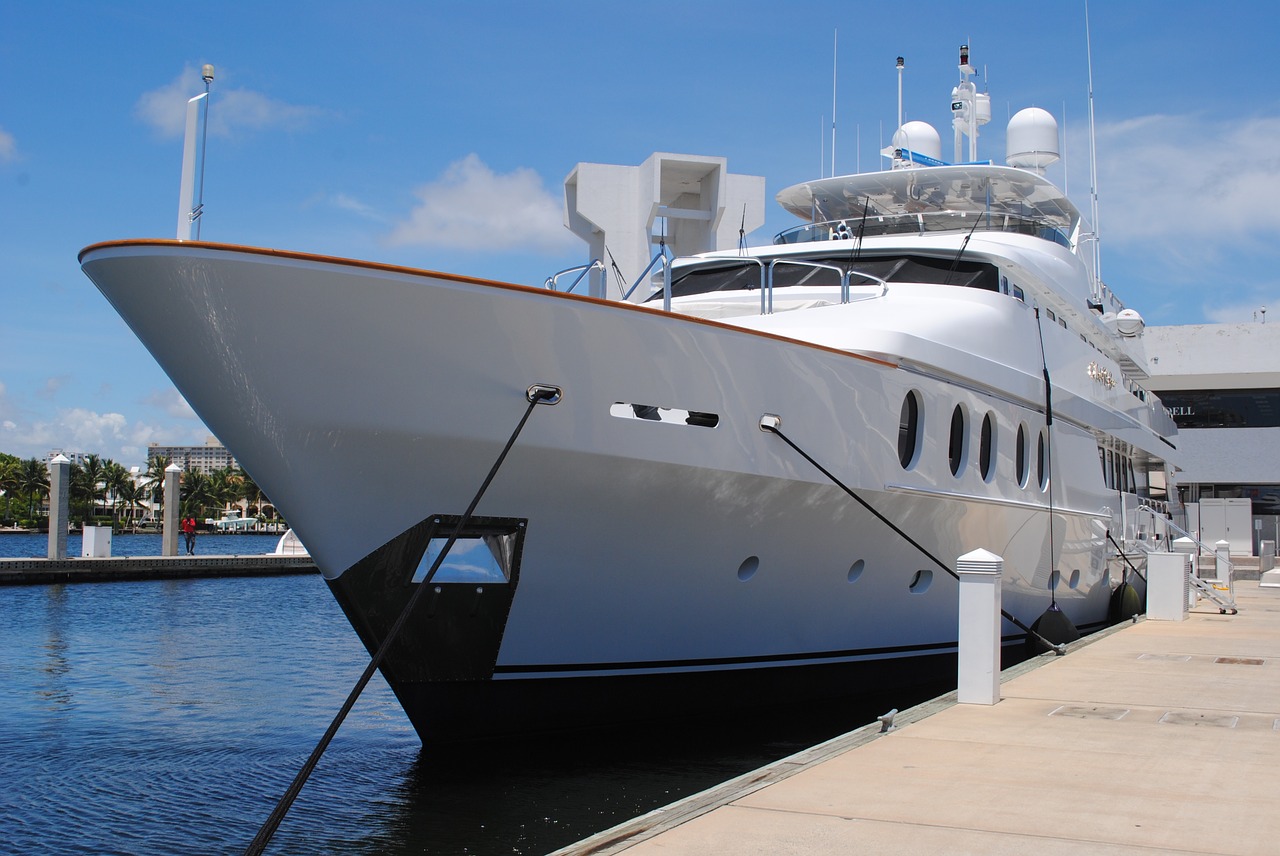Marine vessels need a special type of paint that will provide them with the right type of protection. Protecting the boat, ship, yacht, and other vessels and equipment that meet brackish, freshwater and saltwater means using durable and long-lasting paints.
Taking the cost and the time it takes to paint a marine vessel into consideration, the marine paint or coating should last for several years. However, several factors come into play when it comes to marine paints.
How long do marine paints last?
The owner of any marine vessel expects an exterior marine paint to have excellent protection against corrosion, UV rays, abrasion, as well as retain its high gloss. Likewise, they want long lasting boat paint.
Technically, marine paints and coatings should last between two and four years. But this general lifespan is conditional. Everything depends on the amount of abuse the marine vessel gets. It could encounter many things in the water that could cause friction such as sand, driftwood, river bottoms, coal slag, and glass.
Moreover, water can erode the paint. Aside from this, organisms that grow on the bottom and sides of boats and other marine vessels also deteriorate the protective covering provided by marine paints.
Types of marine paints
Similar to other paints, marine coatings have base coats, topcoats, and clear coats. You will also encounter stains, varnishes, primers, and paints. Further, the range covers surface sealants or sealers, marking materials, and inks. Each type has a set of properties, performance characteristics, and chemical compositions. The paints have epoxy primers, epoxy fairing compounds, sealers, and finishing systems for wooden boats. You will also find several anti-fouling coatings that protect the boat against organism buildup.
Features of marine paints
Marine paints are designed for specific substrate materials and categorized based on technology, such as moisture or reactive curing, multi-component systems, laser marking and laser fusing, ultraviolet radiation, and air setting and film drying.
Depending on what technology is used, marine coatings can be used on different substrates such as masonry or concrete, elastomers, rubber, plastics, coal tar (bitumen), fabrics/fibers, steel, and aluminum.
Marine coating specifications
The different types of marine coatings also have differences according to processing specifications and performance parameters. The latter refers to the use or operating temperature, transmission, index of refraction, dielectric strength, resistivity, and conductivity.
Moreover, the specialty marine coatings for freshwater or saltwater applications have different specifications. In terms of processing, categorizing marine coatings depend on many factors: particle size, specific gravity, violating organic chemical content, viscosity, cure temperature and cure time, wet thickness and dry thickness, and coverage.
The application methods of marine coatings may need different techniques, such as powder coating, electro-coating, or electrostatic technique. The coating is applied using spray or spin coating equipment, screens, and rollers. While marine coatings are available in many colors, they come in basic finishes – high-gloss, semi-gloss, satin, and flat. Some owners prefer to use anti-reflective and anti-fog coatings.
A marine vessel should be safe and secure while in the water. Thus, it is important to make sure that the coating is in excellent condition. See to it that you do regular inspection and repair to maintain the seaworthiness of your marine vessel.

